While iconic archaeological sites like Machu Picchu and the Colosseum draw millions of visitors annually, countless lesser-known ancient ruins offer equally fascinating glimpses into human history without the overwhelming crowds. These overlooked treasures often provide more authentic experiences, allowing visitors to explore at their own pace and sometimes even have entire archaeological sites to themselves.
The sense of discovery feels more genuine when you’re not sharing the experience with thousands of other tourists. Here is a list of 16 remarkable ancient ruins that remain wonderfully uncrowded despite their historical significance.
Göbekli Tepe
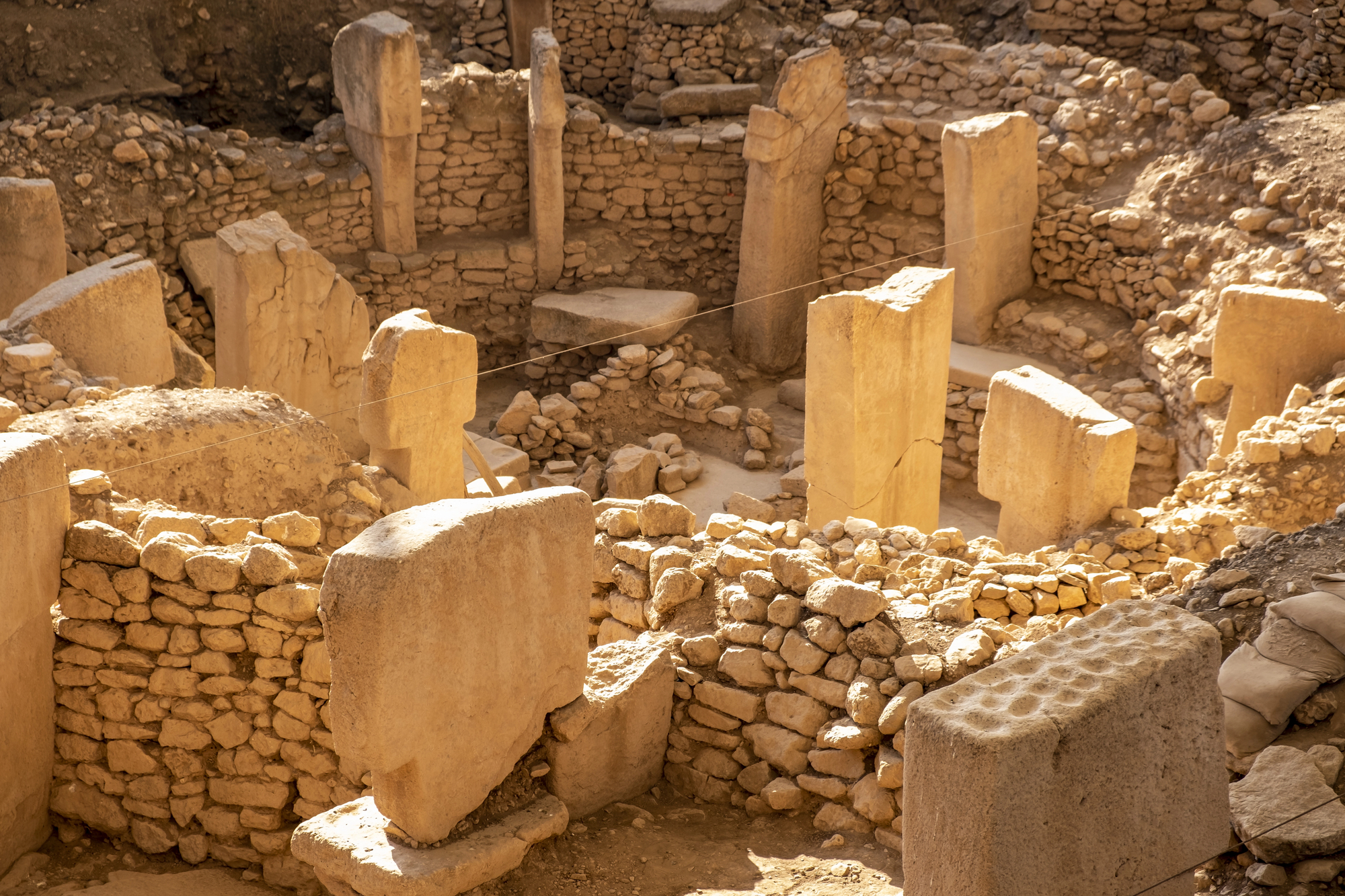
Located in southeastern Turkey, this site predates Stonehenge by roughly 6,000 years and has revolutionized our understanding of prehistoric human capabilities. The massive T-shaped pillars, some weighing up to 16 tons, feature intricate carvings of animals and abstract symbols.
Despite being arguably one of the most important archaeological discoveries of the century, Göbekli Tepe receives a fraction of the visitors who flock to younger, more accessible sites in the region.
Borobudur
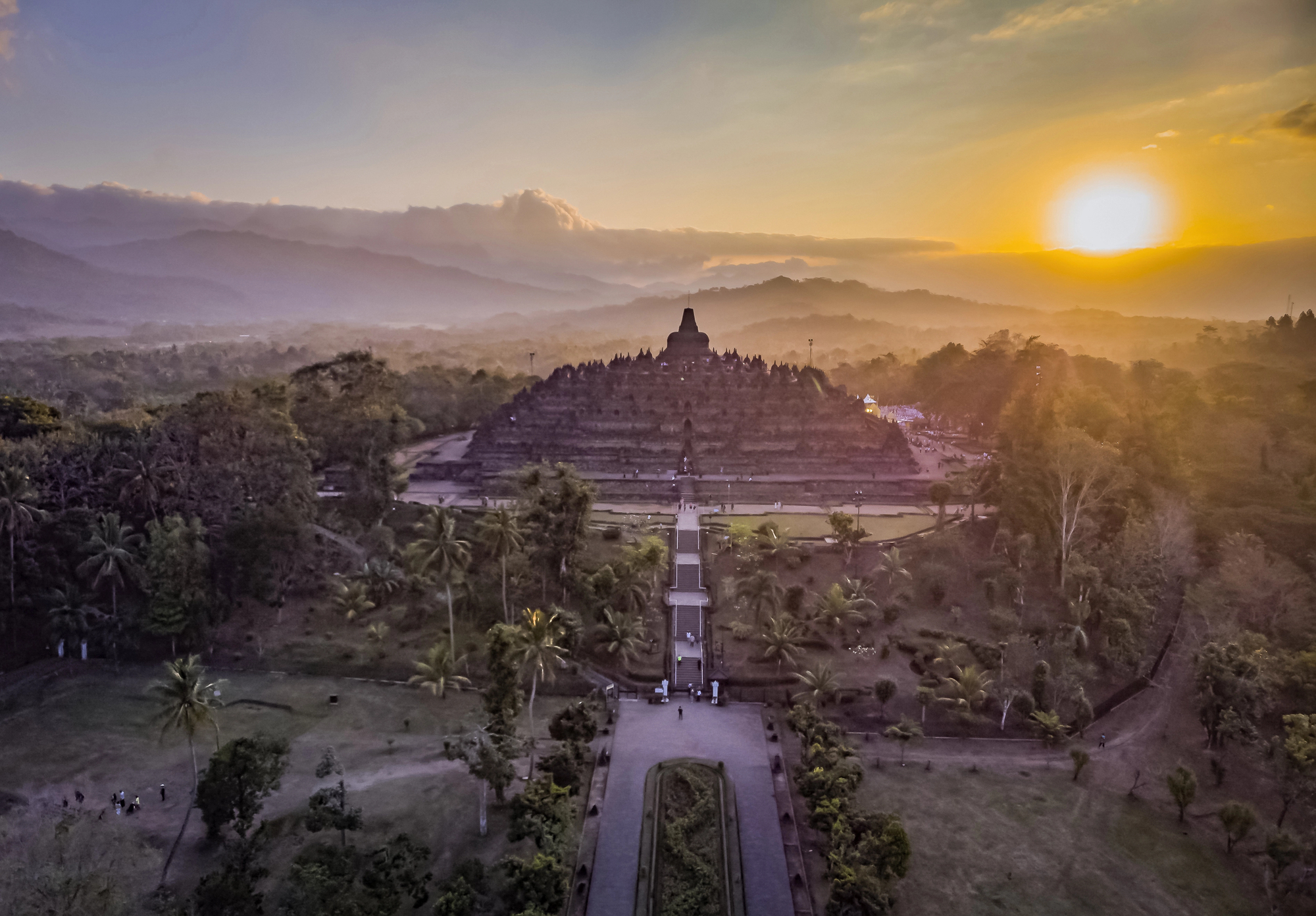
While not exactly unknown, this massive Buddhist temple in central Java deserves mention for how relatively uncrowded it remains compared to its historical significance. Built around the 8th century, the structure contains over 500 Buddha statues and nearly 3,000 relief panels telling sacred stories.
Visiting at sunrise allows you to experience this massive pyramid-like structure in near solitude, with the morning mist often creating a mystical atmosphere around the bell-shaped stupas that crown the monument.
Like Travel Pug’s content? Follow us on MSN.
Kuelap
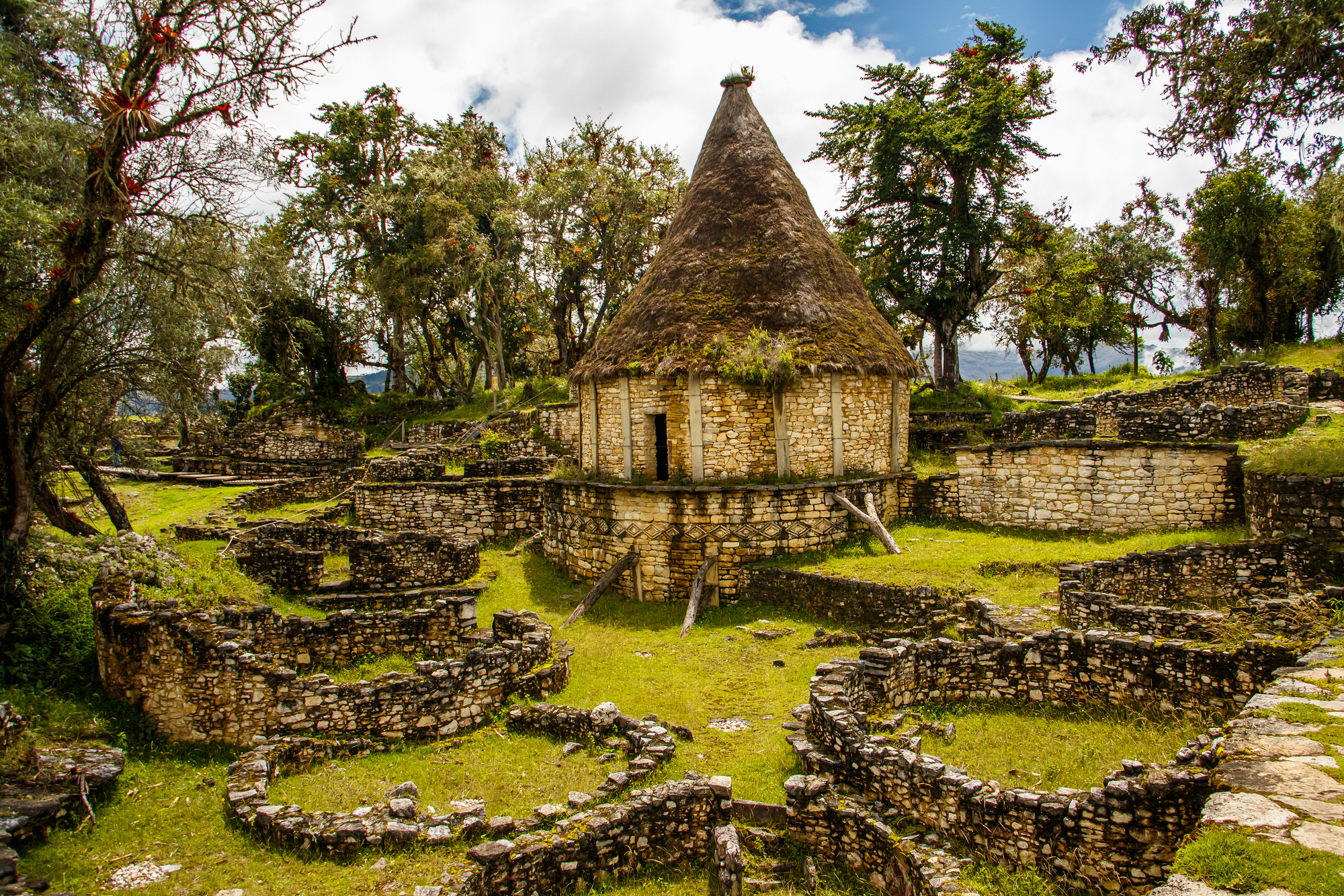
Often called the “Machu Picchu of the north,” this pre-Incan fortress in northern Peru sits atop a limestone ridge at 9,800 feet. Built by the Chachapoyas culture around 900 CE, its massive exterior walls reach heights of 60 feet and enclose over 400 circular stone buildings.
Despite being larger than Machu Picchu and equally impressive in construction technique, Kuelap receives less than 5% of the visitors who visit its famous southern counterpart.
Volubilis
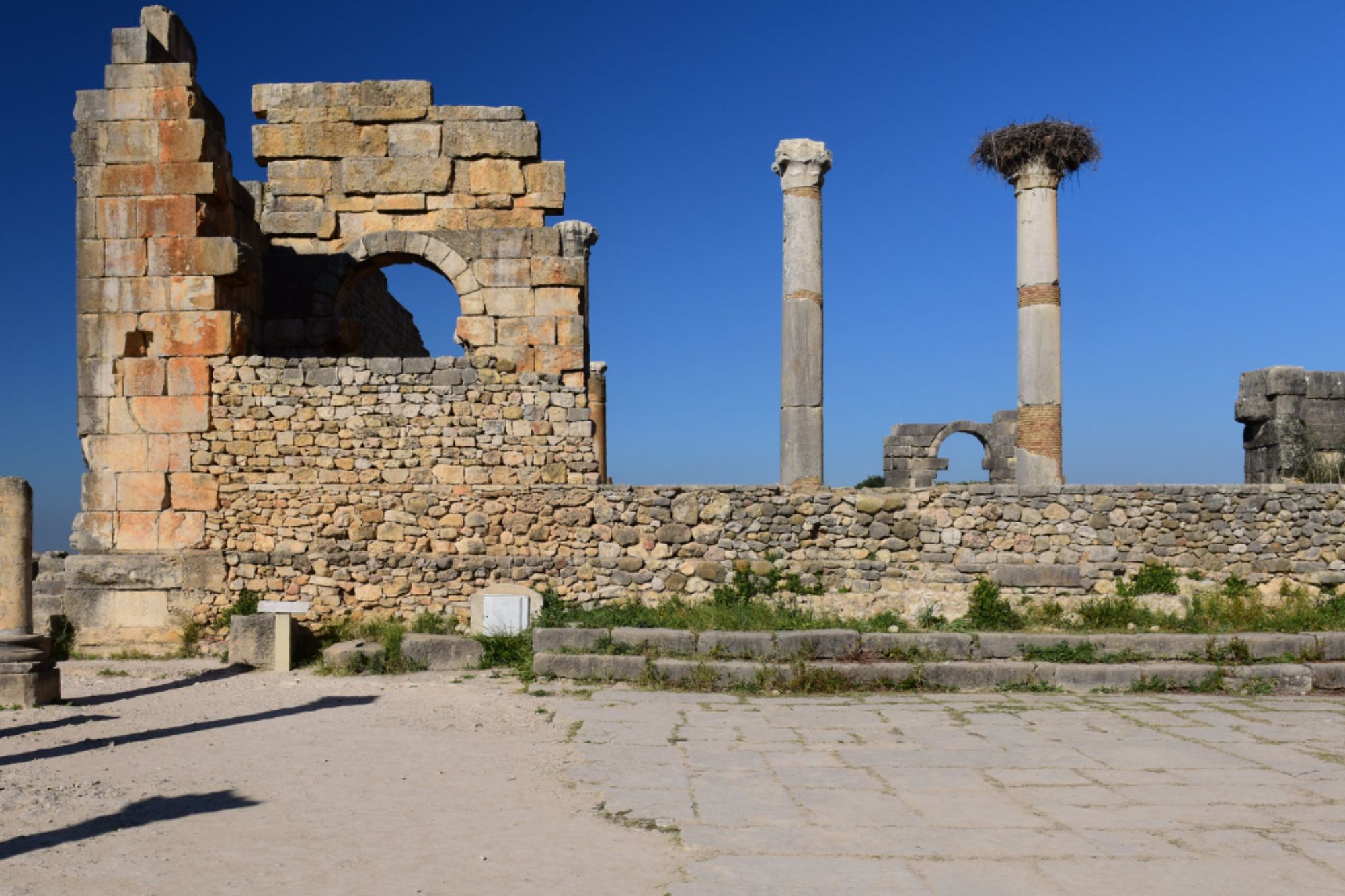
The partially excavated Berber-Roman city in Morocco features some of North Africa’s best-preserved mosaics still in their original locations. Dating from around the 3rd century BCE, the city thrived until the 11th century, when it was abandoned.
The remarkable preservation of its triumphal arch, basilica, and elaborate houses with intact floor mosaics makes the site exceptionally photogenic. Most Morocco tourists concentrate on the imperial cities, leaving Volubilis pleasantly uncrowded throughout the year.
Vijayanagara
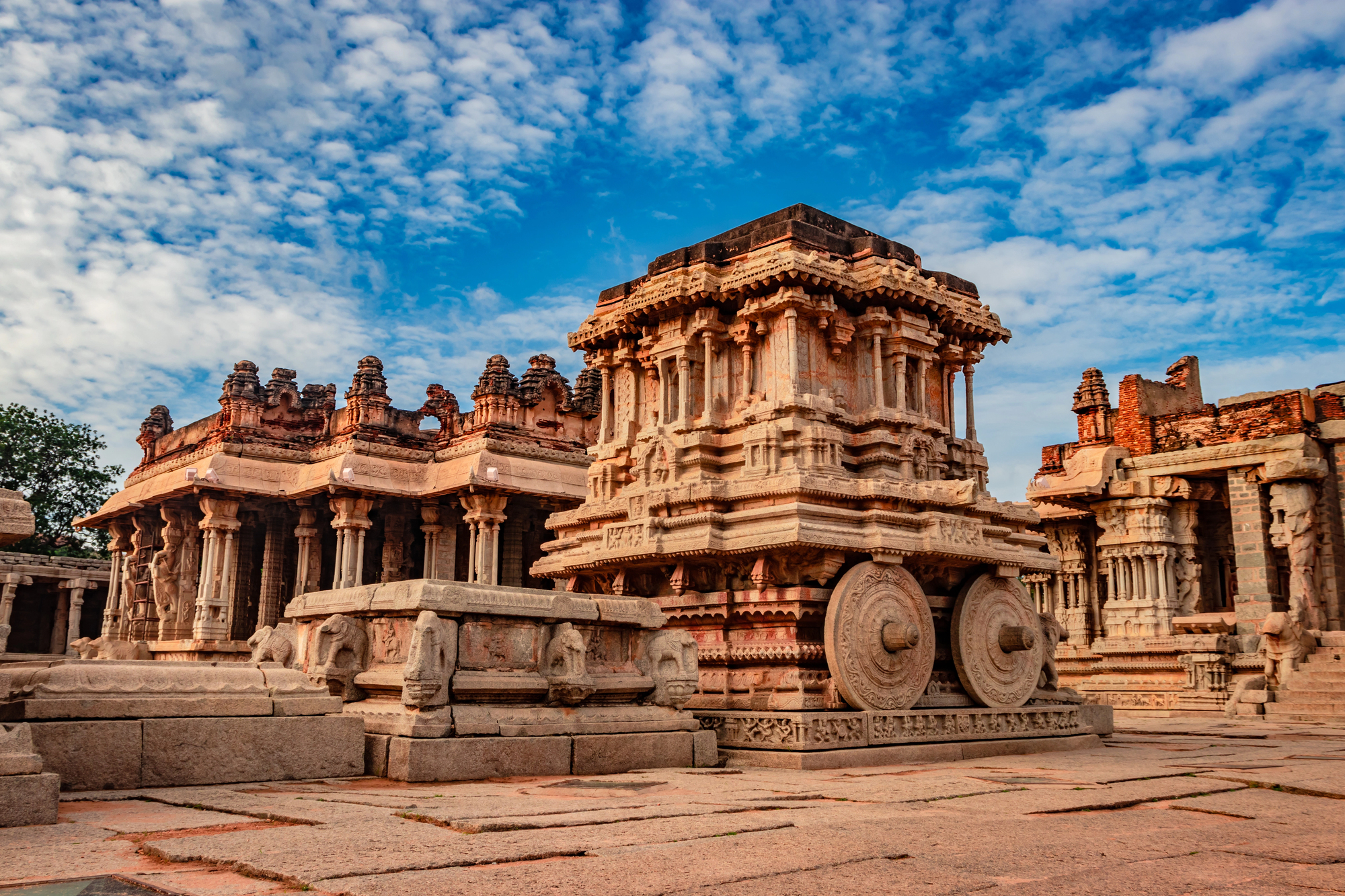
The ruins of this massive medieval city in Karnataka, India, cover over 16 square miles and include hundreds of temples, palaces, market streets, and water systems. As the capital of the powerful Vijayanagara Empire from the 14th to 16th centuries, it was once one of the largest cities in the world.
The stone chariot at the Vittala Temple represents some of the most accomplished stone carving in Indian history. Despite its UNESCO status, the site sees primarily local tourists rather than international crowds.
Like Travel Pug’s content? Follow us on MSN.
Tipón
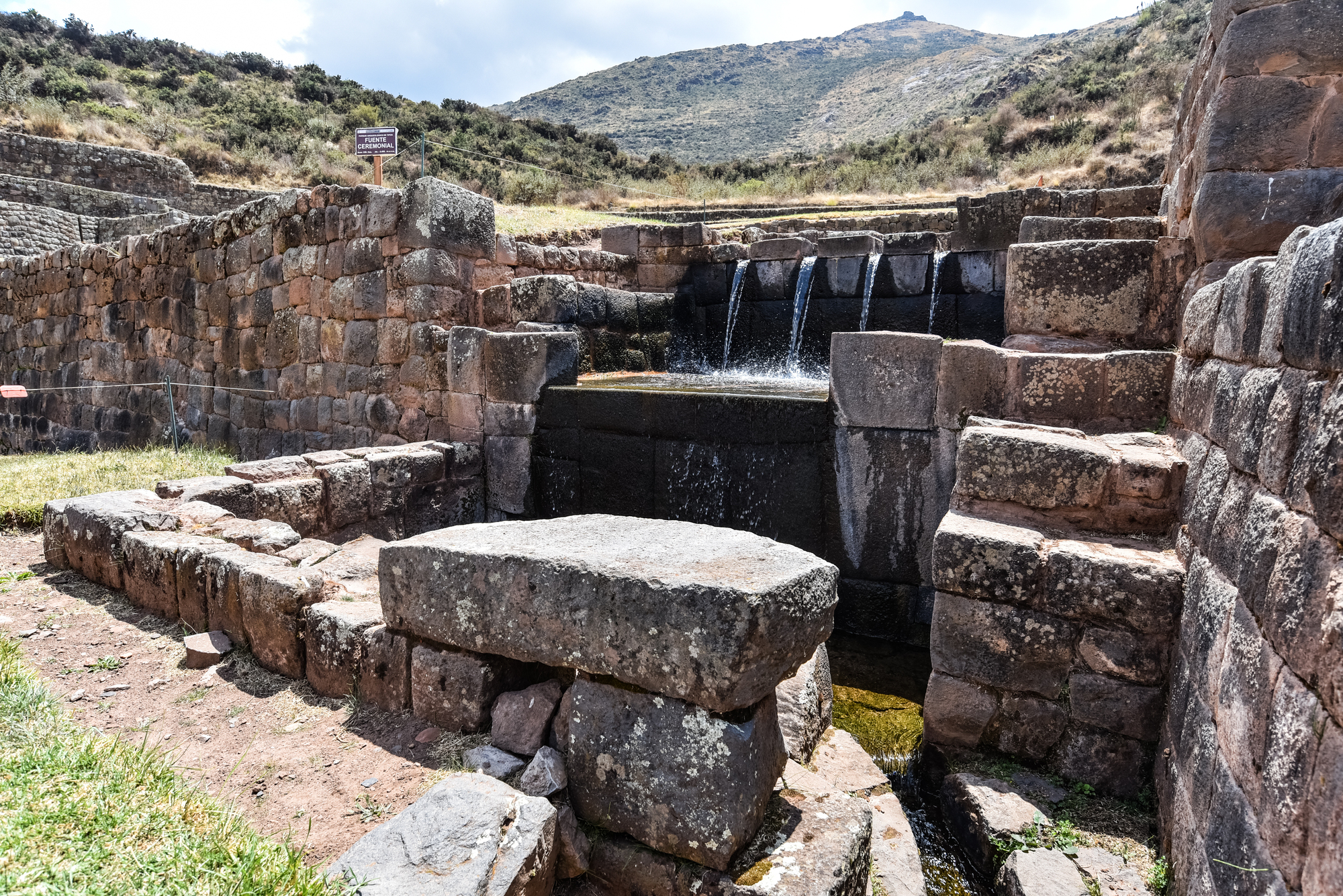
This Incan archaeological complex near Cusco, Peru, showcases some of the most sophisticated hydraulic engineering of the ancient world. The site features perfectly constructed terraces fed by a canal system that still functions after 500 years.
Water continues to flow through precisely carved channels and fountains, demonstrating the incredible mastery of fluid dynamics achieved by Incan engineers. Most visitors to the region focus on Machu Picchu and the Sacred Valley, leaving Tipón refreshingly quiet.
Ani
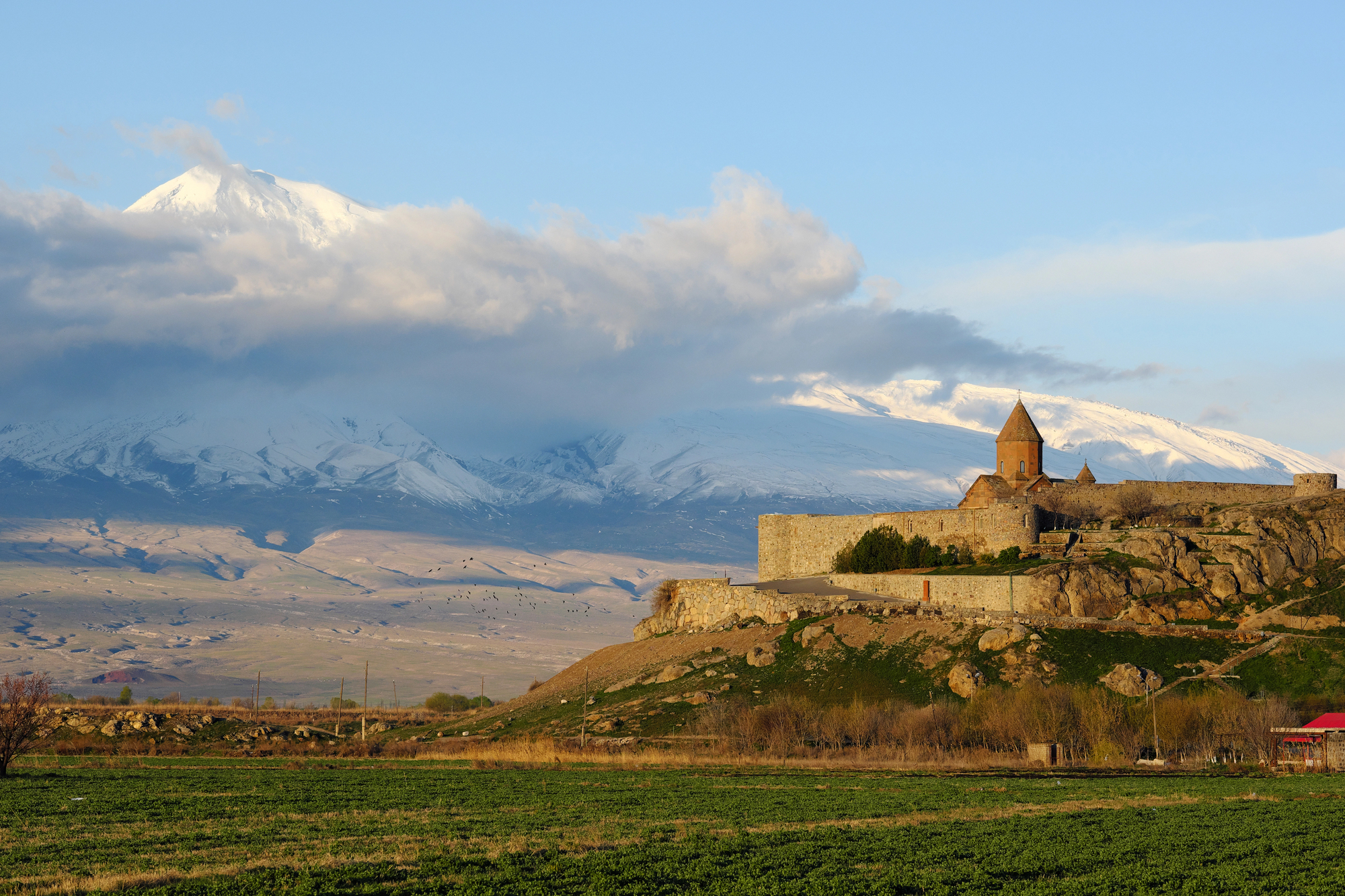
Straddling the border between Turkey and Armenia, the medieval Armenian city of Ani once rivaled Constantinople in size and importance. Now reduced to haunting ruins, the “City of 1,001 Churches” features impressive religious structures with distinctive Armenian architectural elements.
The Cathedral of Ani, built in 1001 CE, demonstrates remarkable engineering in its still-standing walls despite numerous earthquakes in the region. Political tensions have kept tourist numbers low despite the site’s undeniable historical significance.
Phnom Krom
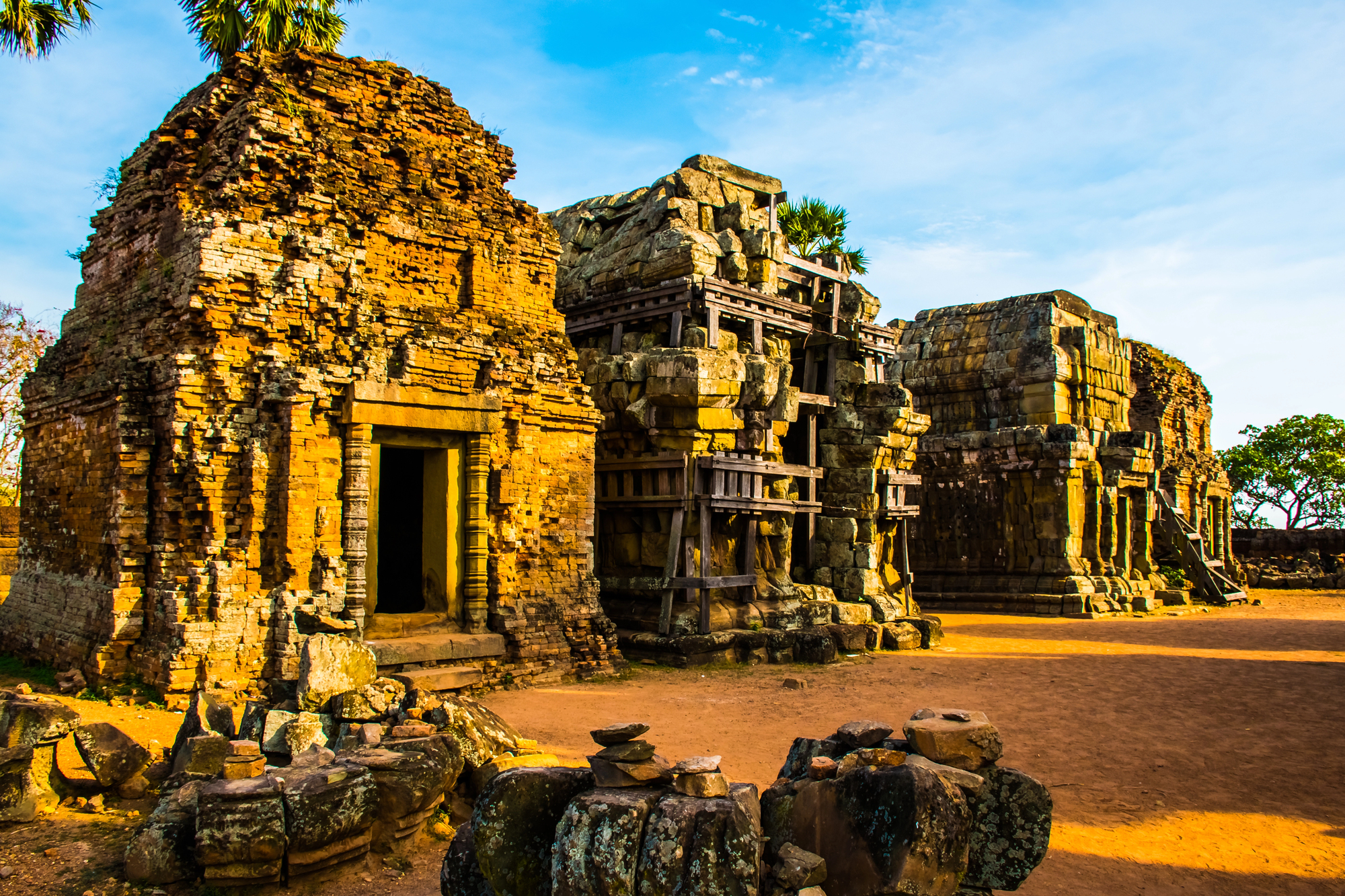
While Angkor Wat draws massive crowds, this smaller Khmer temple sits atop a hill overlooking Tonle Sap Lake in Cambodia, offering spectacular views and architectural details without the tourist buses. Built during the same period as Angkor Wat in the late 9th century, the temple features three towers dedicated to Hindu gods Vishnu, Shiva, and Brahma.
The weathered sandstone has taken on a distinctive reddish hue that glows magnificently during sunset, creating a photographer’s paradise without the crowds.
Like Travel Pug’s content? Follow us on MSN.
Segesta
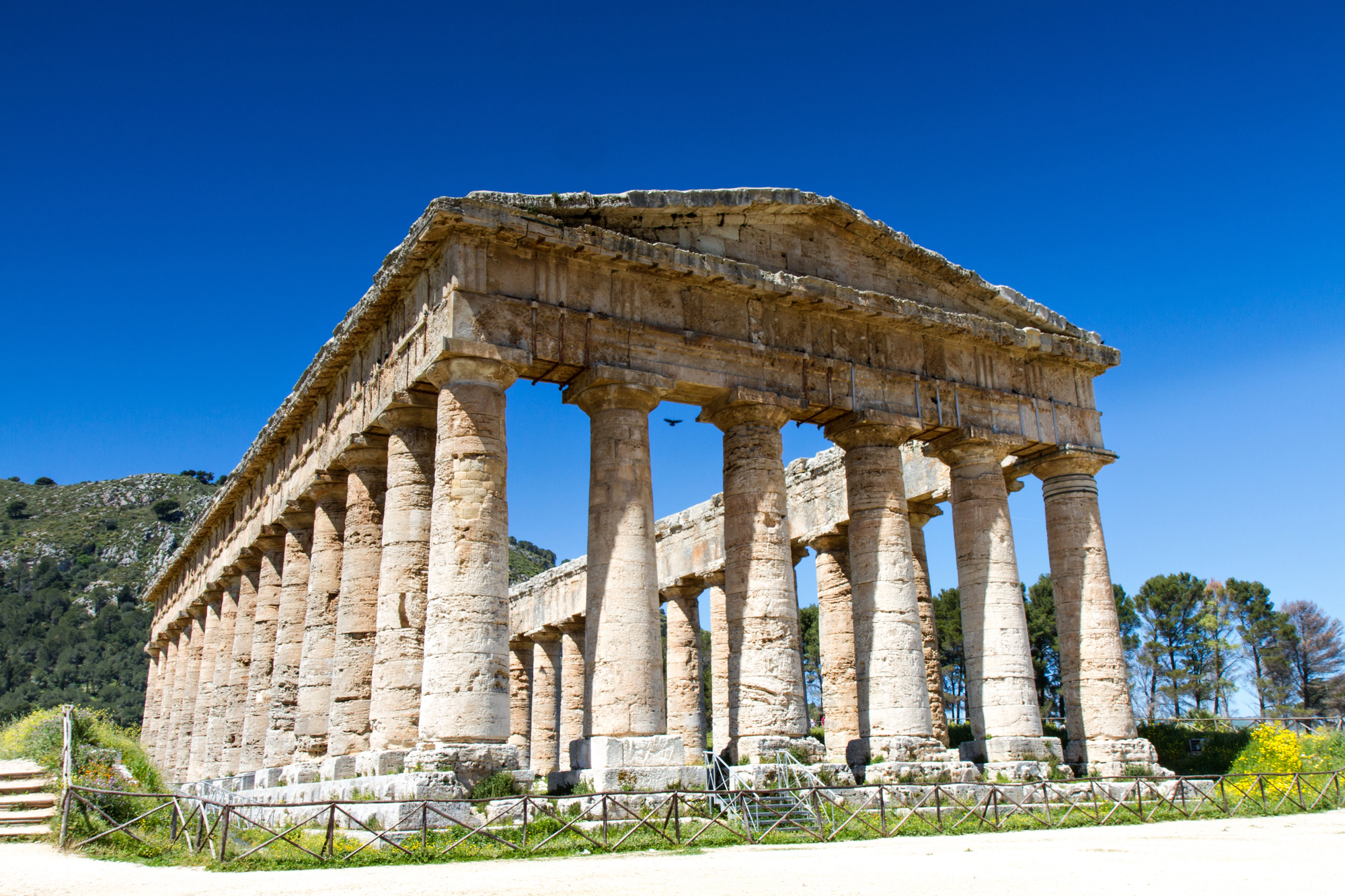
This unfinished Doric temple in western Sicily stands in remarkable condition despite being abandoned in the 5th century BCE before its completion. The 36 massive columns remain perfectly positioned, but the roof and inner sanctuary were never built.
A nearby Greek theater carved into the hillside offers spectacular views of the surrounding countryside. Most Sicily tours concentrate on more famous sites like the Valley of Temples, leaving Segesta’s perfect proportions to be enjoyed in relative solitude.
Sukhothai
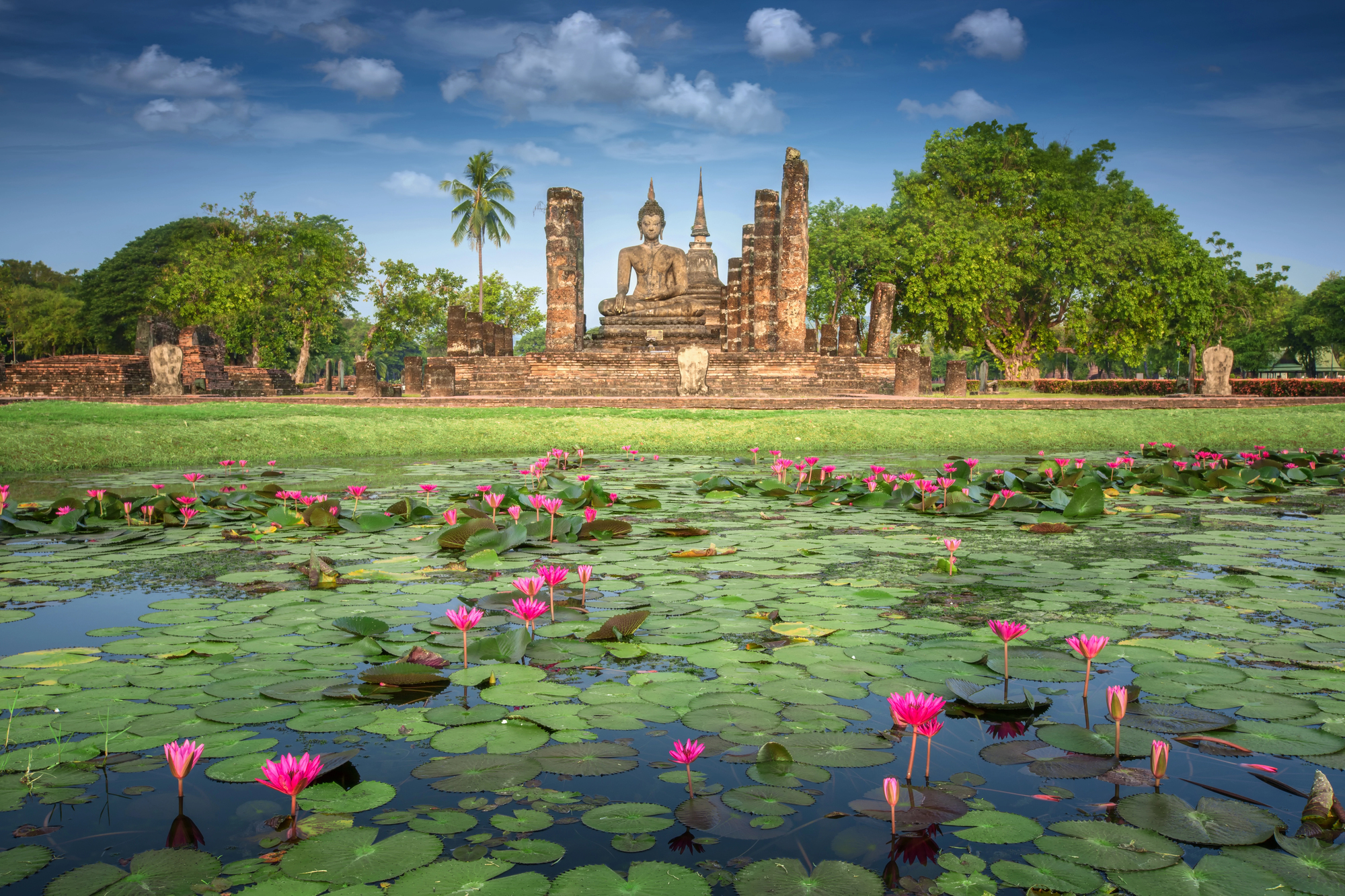
The first independent Thai kingdom’s former capital contains nearly 200 ruins spread across 70 square miles. Founded in 1238 CE, Sukhothai represents the golden age of Thai civilization and the birth of Thai art, architecture, and language.
The central zone features restored temples with massive seated Buddha images and characteristic lotus-bud stupas. Despite its fundamental importance to Thai culture, most tourists visit the later capital of Ayutthaya, leaving Sukhothai’s serene Buddha figures to be appreciated in peaceful tranquility.
Hatra

This UNESCO site in Iraq blends Greek, Roman, and Eastern architectural elements in a remarkably preserved desert city. Built between the 2nd and 3rd centuries BCE, Hatra successfully resisted Roman invasions thanks to its massive walls with over 160 towers.
The Great Temple features enormous columns and intricate sculptures showing cultural influences from multiple civilizations. Decades of regional conflict have kept tourist numbers extremely low, though security has improved in recent years.
Like Travel Pug’s content? Follow us on MSN.
Takht-e Soleyman
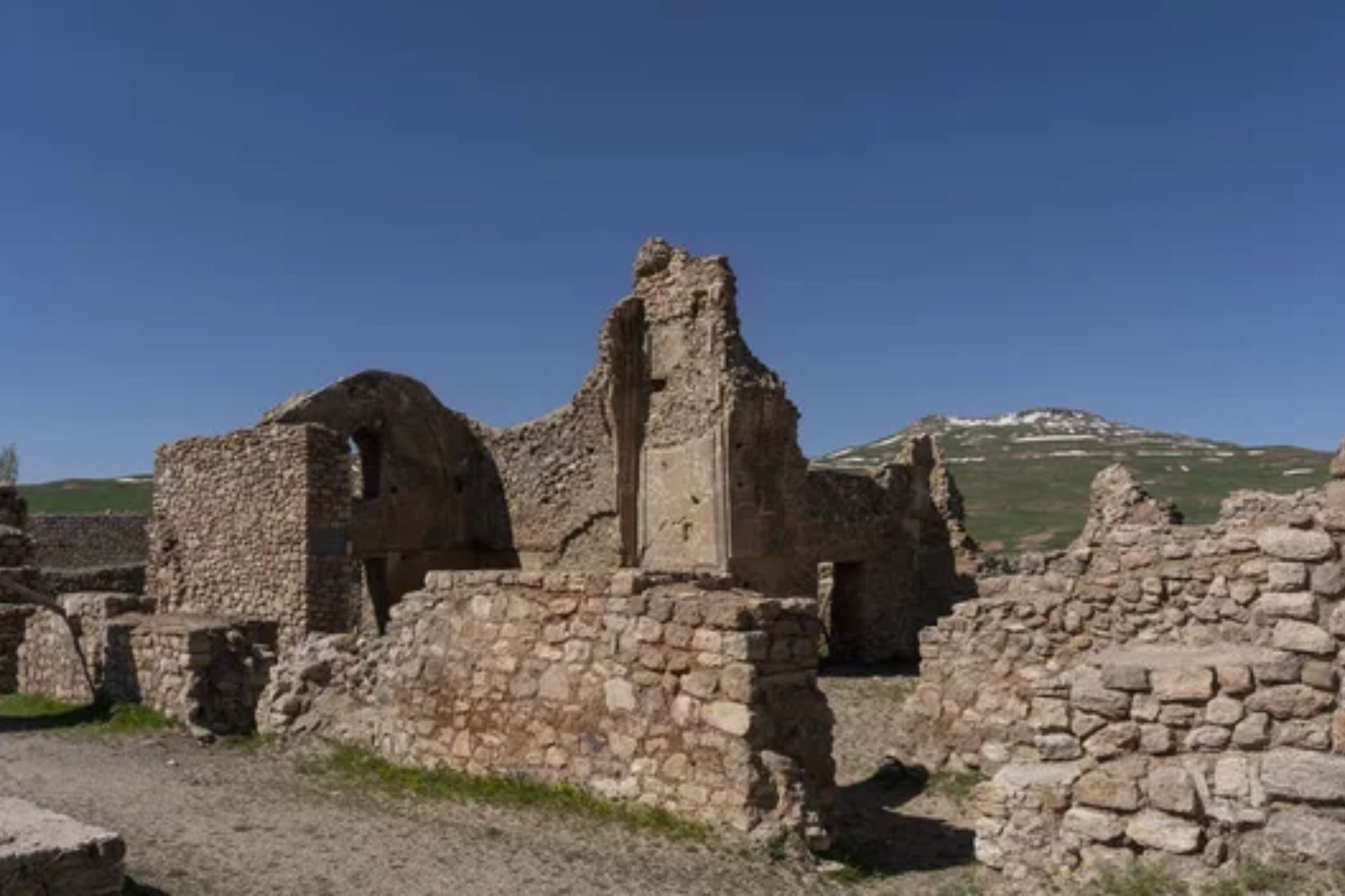
This Zoroastrian sanctuary in northwestern Iran centers around an enigmatic crater lake fed by a hidden spring. Built primarily during the Sassanian period around the 6th century CE, the complex housed one of the most important fire temples of the Zoroastrian faith.
Perfectly circular walls enclose the mysterious lake whose depth has never been determined. Iran’s relative isolation from mainstream tourism has kept this remarkable site off most travel itineraries despite its perfect preservation and historical significance.
Pula Arena
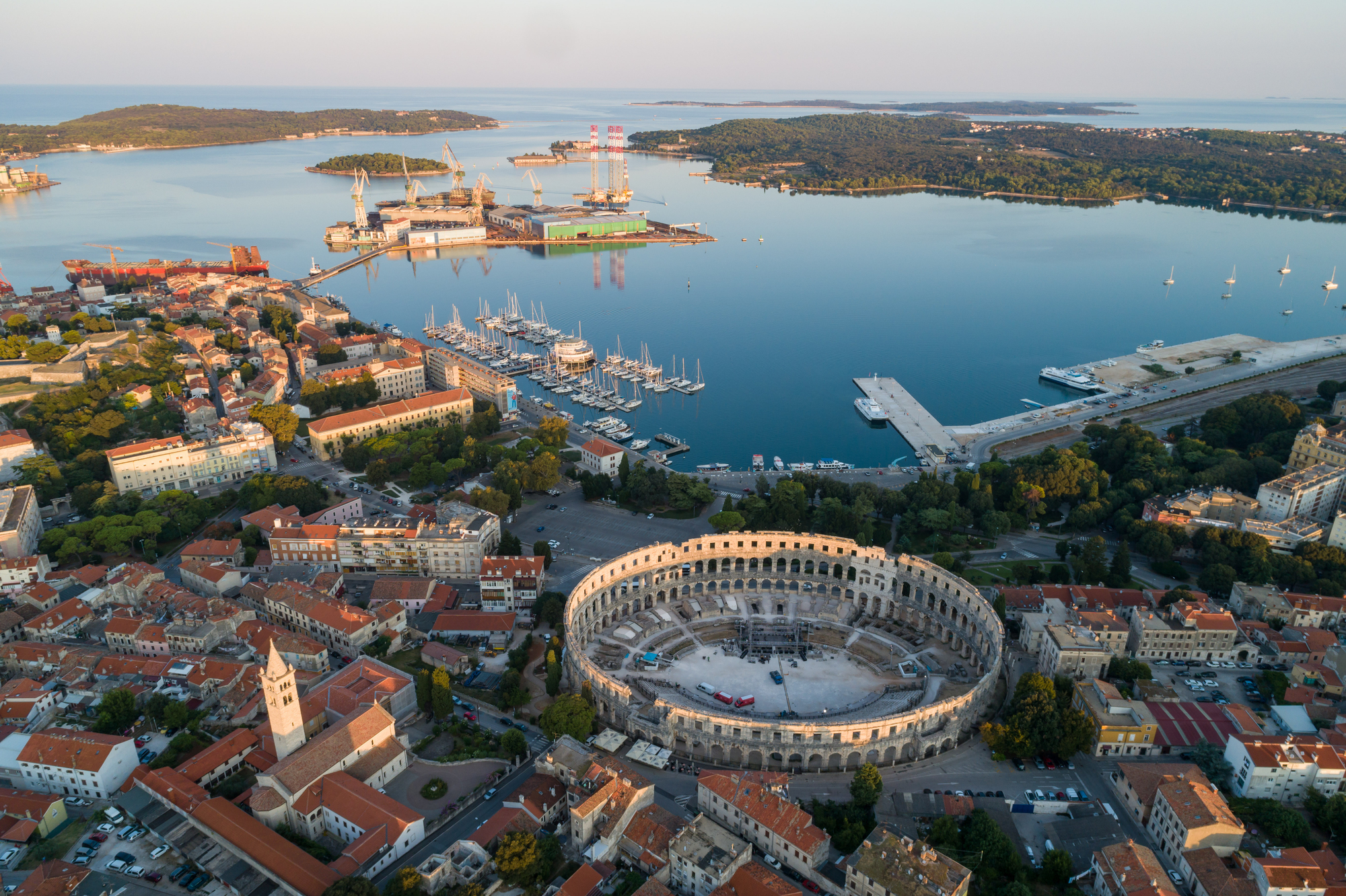
While the Roman Colosseum draws massive crowds, this equally impressive Roman amphitheater in Croatia remains surprisingly uncrowded outside the summer months. Built between 27 BCE and 68 CE, it ranks among the six largest surviving Roman arenas and remains the only one with all four side towers and all three Roman architectural orders preserved.
The underground passages used for staging animal fights and gladiatorial contests can still be explored. Despite Croatia’s tourism boom, most visitors concentrate on coastal attractions, leaving this architectural marvel relatively peaceful.
Caracol

Deep in the Belizean rainforest, this Maya city actually exceeds Guatemala’s famous Tikal in size, though it receives a fraction of the visitors. At its peak around 650 CE, Caracol covered an area larger than present-day Belize City and housed twice the population.
The massive pyramid of Caana (Sky Place) remains the tallest artificial structure in Belize at 143 feet. The remote location requires driving rough dirt roads, which keeps crowds away but rewards adventurous travelers with remarkably preserved stelae and nearly exclusive access to massive temples.
Like Travel Pug’s content? Follow us on MSN.
Alley of the Baobabs
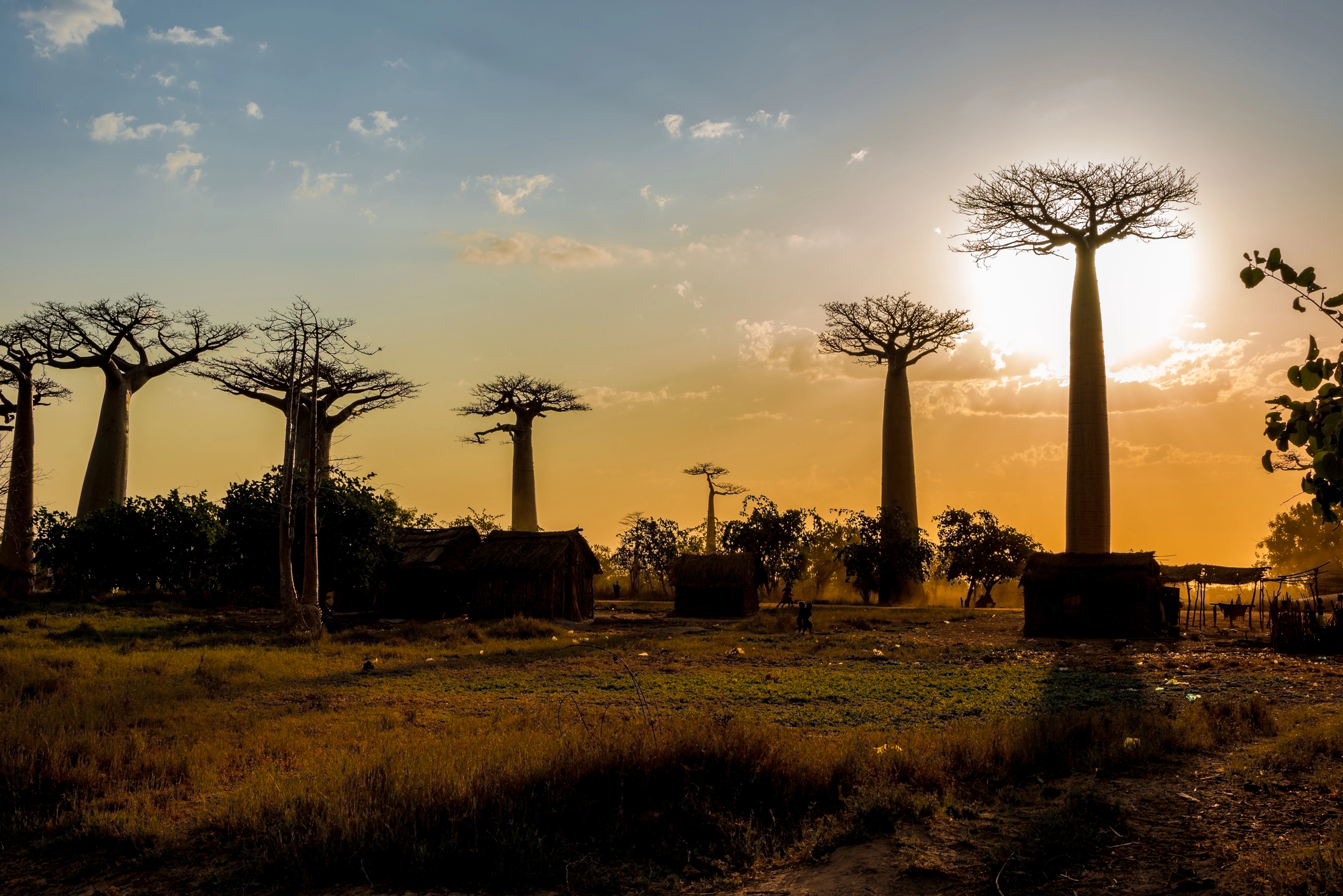
While not ruins in the traditional sense, this ancient grove in Madagascar features living monuments estimated to be over 2,800 years old. These massive trees, reaching nearly 100 feet tall with trunks up to 36 feet in diameter, line a dirt road, creating a natural cathedral effect.
The grove originally formed part of a dense tropical forest that has been cleared for agriculture, leaving only these protected giants. The site includes rare species like the sacred baobab, a natural cistern that can store over 31,000 gallons of water within its trunk.
Palenque
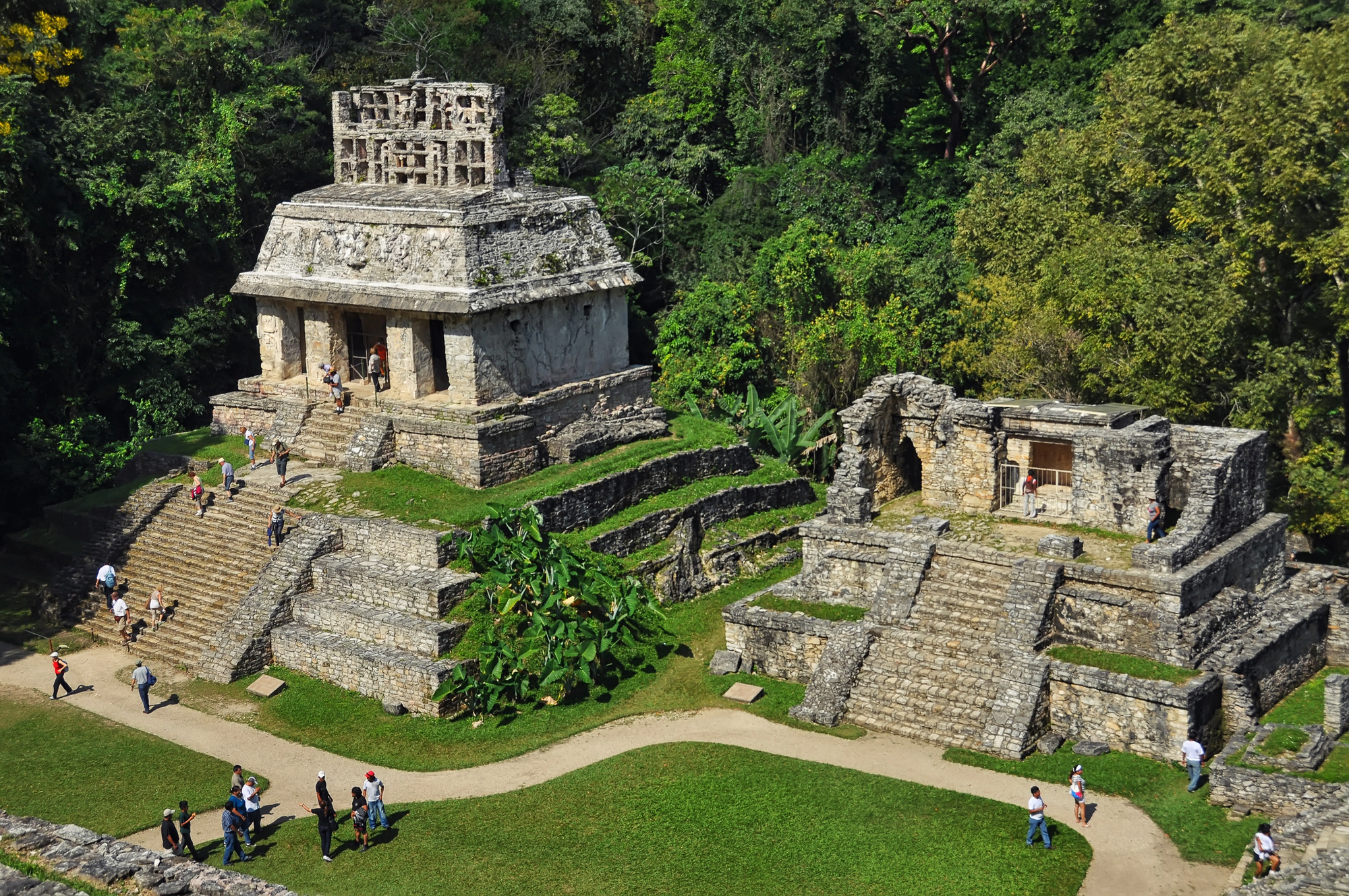
Hidden within the jungles of Chiapas, Mexico, this Maya city contains some of the finest architecture and bas-relief carvings produced by this ancient civilization. The sophisticated water management system incorporated streams, pools, and underground aqueducts in harmony with the natural topography.
The Temple of Inscriptions houses one of the longest Maya hieroglyphic texts ever discovered. Despite being significantly smaller than Tikal or Chichen Itza, many archaeologists consider Palenque the most artistically and architecturally refined of all Maya cities.
Preserving History Beyond the Crowds
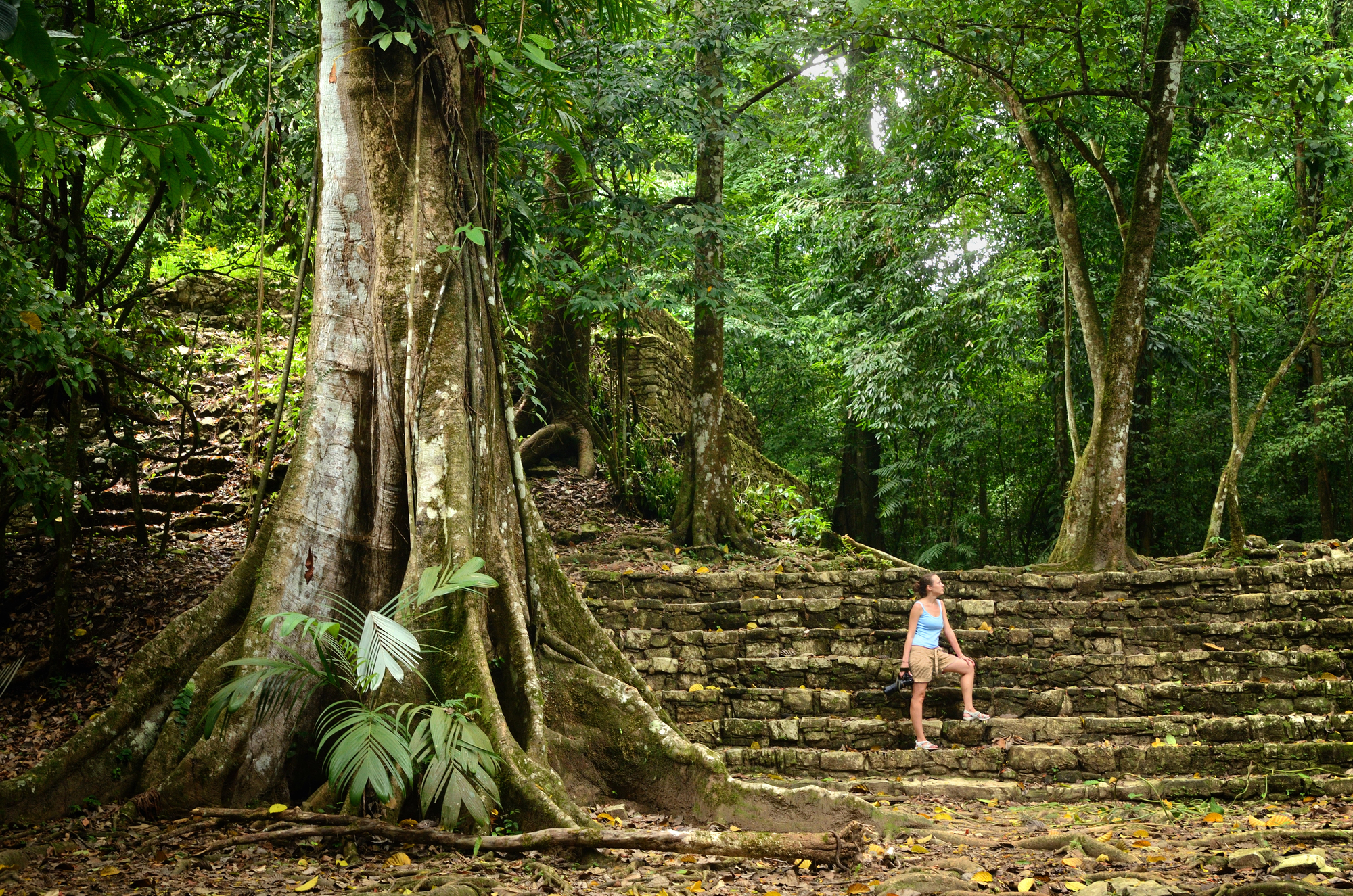
These lesser-visited sites offer not just fewer tourists but often more intimate connections with ancient cultures. Their relative obscurity has helped preserve them from the wear of mass tourism and sometimes provides more authentic interactions with local communities who maintain strong connections to these places.
The challenge lies in balancing appropriate recognition and preservation with maintaining the atmosphere of discovery that makes these sites so special.
The next time your travels bring you near these overlooked wonders, consider taking the road less traveled.
You might find that history reveals itself most eloquently when whispered in relative solitude rather than shouted over bustling crowds.
More from Travel Pug

- Cities Growing so Fast You Won’t Recognize Them in 10 Years
- 13 Destinations Where Tourists Regularly Regret Their Trip
- 16 U.S. Cities That Are Quietly Becoming Travel Hotspots
- Where to Travel If You Love Long Bus Rides and Daydreams
- 20 Cities Perfect for Solo Travelers Who Crave Adventure & Culture
Like Travel Pug’s content? Follow us on MSN.
